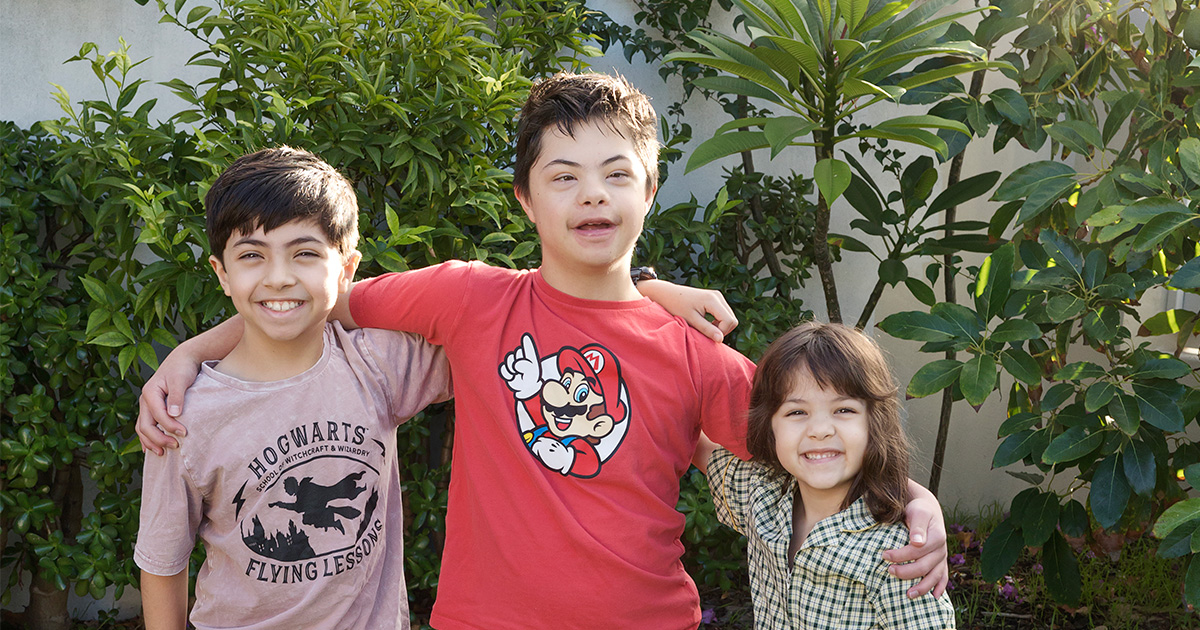Search
Research
The impact of having a sibling with an intellectual disability:parental perspectives in two disordersThis study describes the impact of having a sibling with Down syndrome or Rett syndrome using a questionnaire completed by parents.
Research
Physical and mental health of mothers caring for a child with Rett syndromeThis study compared the behavior profile of cases in the Australian Rett Syndrome Database (ARSD) with those in a British study using the Rett Syndrome...

Research
The Sibling ProjectThe Sibling Project focuses on the wellbeing, relationships and needs of children, adolescents and emerging adults who have a sibling with a developmental disability.

Developmental and epileptic encephalopathy (DEE) conditions are rare, and most have a genetic cause.
Research
Effectiveness of current digital cognitive behavioural therapy for insomnia interventions for adolescents with insomnia symptoms: A systematic review and meta-analysisSleep problems occur in up to 20%-45% of adolescents. This systematic review and meta-analysis examined the effectiveness of digital sleep interventions, based on cognitive behavioural therapy for insomnia, for adolescents with insomnia symptoms. The objective was to synthesise and quantify, through meta-analyses, changes in sleep following completion of a digital sleep-based intervention.
Research
Participation and quality of life among Australian children with developmental coordination disorderChildren with Developmental Coordination Disorder (DCD) experience difficulty in the acquisition and performance of movement skills, threatening participation and quality of life. Environmental influences on participation and quality of life were investigated in children with DCD and their neurotypical peers.
Research
Brief Report: Burden of Care in Mothers of Children with Autism Spectrum Disorder or Intellectual DisabilityMothers of children with autism spectrum disorder or intellectual disability have higher rates of treatment episodes for psychiatric disorders
Research
How can clinical ethics guide the management of comorbidities in the child with Rett syndrome?This paper reviews the disorder Rett syndrome and evidence for the management of scoliosis and poor growth within a clinical ethics framework
Research
Quantitative and qualitative insights into the experiences of children with Rett syndrome and their familiesEarly presentation of Rett syndrome, including regression and challenges for families seeking a diagnosis
Research
Ovulation induction and subfertile untreated conception groups offer improved options for interpreting risks associated with ARTTo identify and characterise appropriate comparison groups for population studies of health outcomes in ART-conceived births: ovulation induction (OI), subfertile untreated and fertile natural conceptions. Our secondary objective was to examine whether known risks of pregnancy complications and adverse birth outcomes in ART births are elevated in comparison with subfertile (untreated and OI) conception groups.
